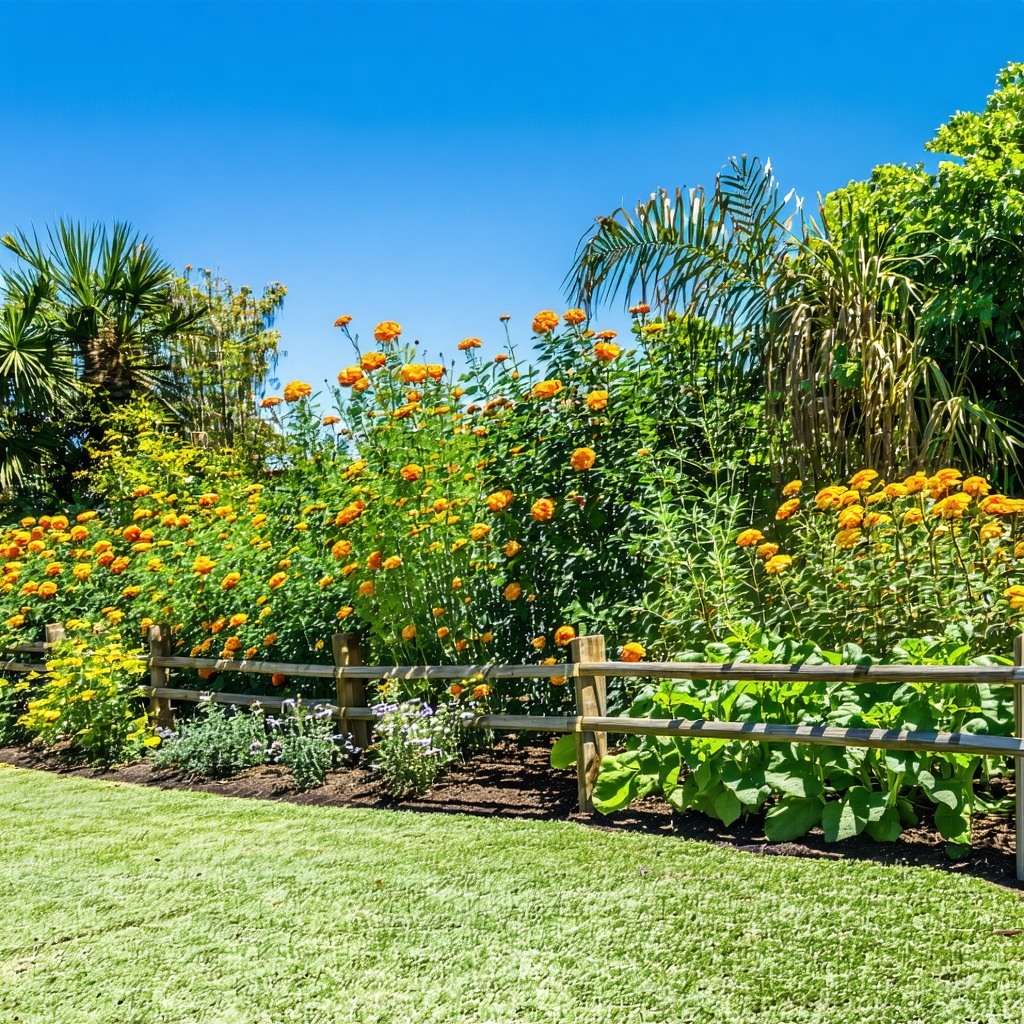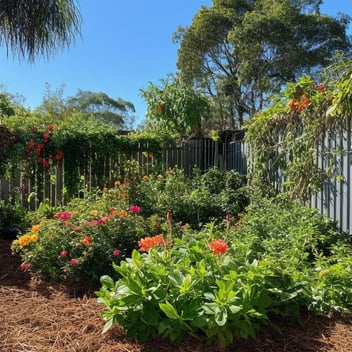Managing Pests and Diseases in SEQ Gardens
South East Queensland (SEQ) offers a lush environment for gardeners, but its subtropical climate also fosters a variety of pests and diseases that can challenge even the most diligent horticulturist. Understanding these challenges and implementing effective management strategies are crucial for maintaining a thriving garden.
1. Common Pests in SEQ Gardens
SEQ's climate is conducive to a range of pests that can adversely affect garden health:
-
Aphids: These sap-sucking insects weaken plants, causing leaf drop and stunted growth. They also produce honeydew, attracting ants and promoting fungal growth.
-
Red Imported Fire Ants (RIFA): An invasive species posing significant threats to both the environment and human health. Immediate and increased government action is necessary to prevent widespread infestation.
2. Prevalent Diseases Affecting SEQ Gardens
The region's humidity and warmth create ideal conditions for various plant diseases:
- Phytophthora Root Rot: A water mold pathogen causing significant damage to a wide range of plants, including agricultural and horticultural crops.
3. Integrated Pest Management (IPM) Strategies
Adopting an Integrated Pest Management approach combines multiple tactics to control pests and diseases effectively:
-
Biological Controls: Utilizing natural predators, such as lady beetles and parasitic wasps, to manage pest populations.
-
Cultural Practices: Implementing crop rotation to disrupt pest life cycles and enhance soil health.
-
Mechanical Controls: Using physical barriers, like floating row covers, to protect plants from pests.
4. Organic Methods for Disease Management
Embracing organic practices can effectively reduce disease incidence:
-
Soil Health: Building healthy soil through composting and low-till planting enhances plant resilience against diseases.
-
Resistant Varieties: Selecting disease-resistant plant varieties minimizes the risk of infection.
5. Monitoring and Early Detection
Regular garden inspections are vital for early pest and disease identification:
-
Visual Checks: Look for signs of pest activity or disease symptoms, such as discolored leaves or unusual growth patterns.
-
Trapping: Employ traps to monitor pest populations and assess infestation levels.
6. Sustainable Practices to Prevent Infestations
Incorporating sustainable gardening practices can deter pests and diseases:
-
Companion Planting: Planting species that repel pests or attract beneficial insects.
-
Habitat Diversification: Creating a diverse garden ecosystem supports natural pest predators.
7. Community Engagement and Education
Collaborating with local gardening communities enhances knowledge and resource sharing:
-
Workshops: Participate in local workshops focused on pest and disease management.
-
Online Forums: Engage in online gardening communities to exchange experiences and solutions.
By implementing these strategies, SEQ gardeners can effectively manage pests and diseases, ensuring their gardens remain healthy and productive throughout the year.




